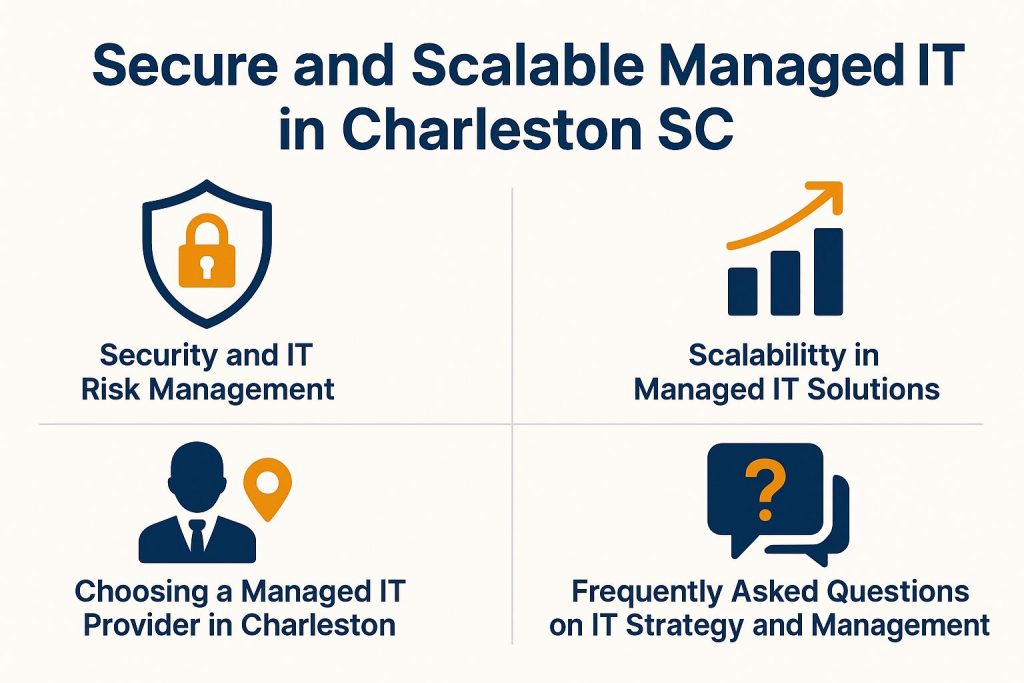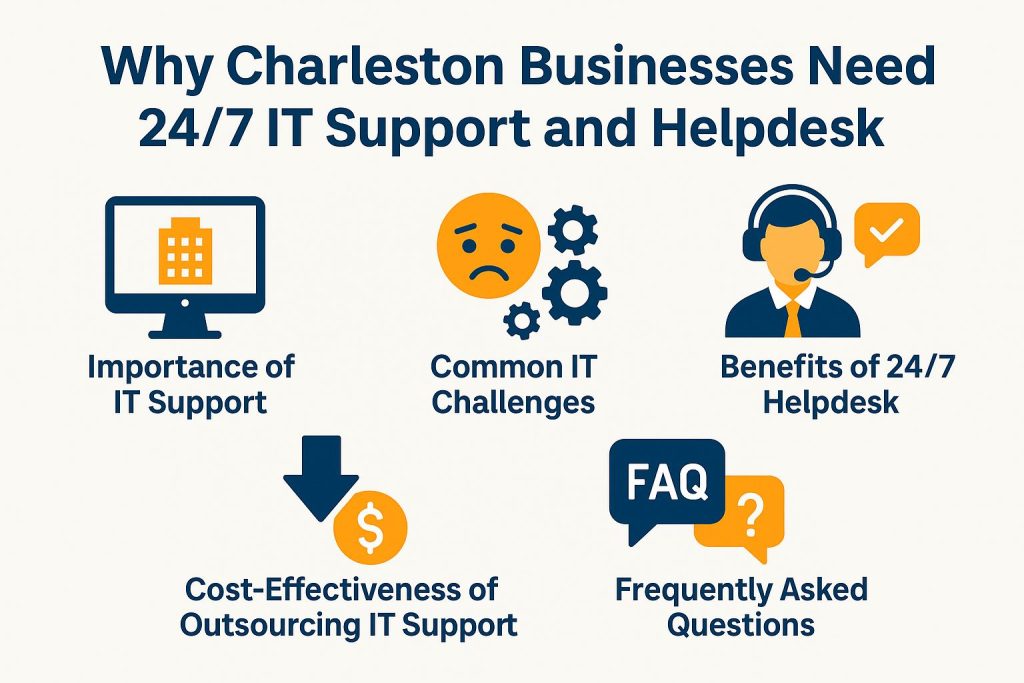Disaster Recovery Planning for Charleston SMBs
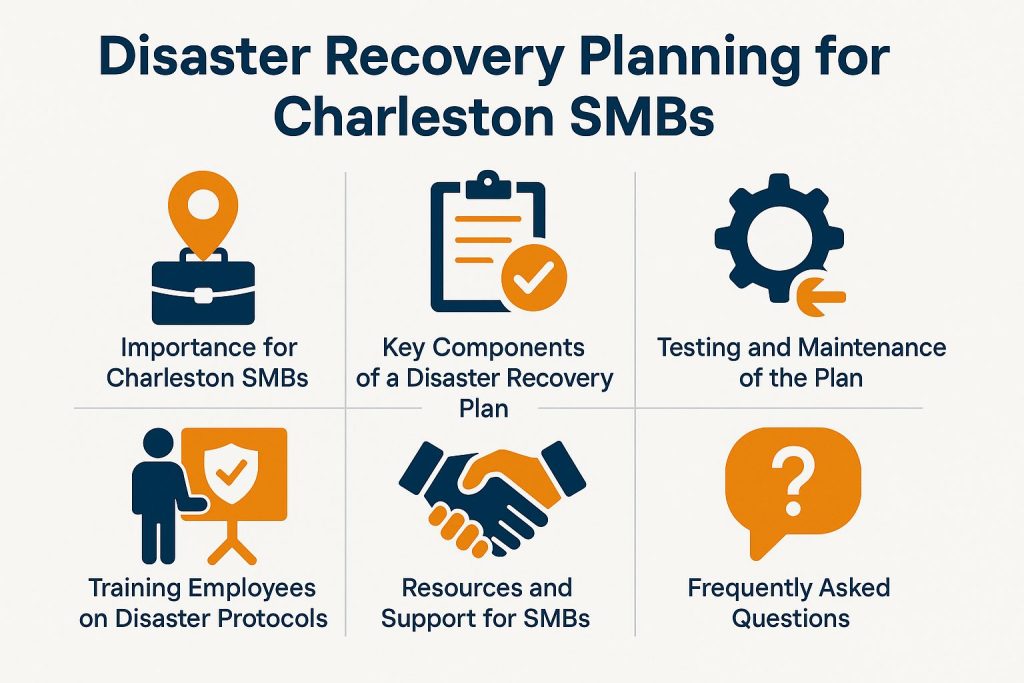
Charleston faces natural disasters. SMBs need strong recovery plans. Understanding local risks and vulnerabilities is essential for these enterprises to safeguard their operations. This article delves into the critical components of an effective disaster recovery plan, including data backup strategies, employee training, and available resources, equipping Charleston’s SMBs with the knowledge to thrive amidst uncertainty.
Importance for Charleston SMBs
SMBs must understand local risks to create effective recovery plans.
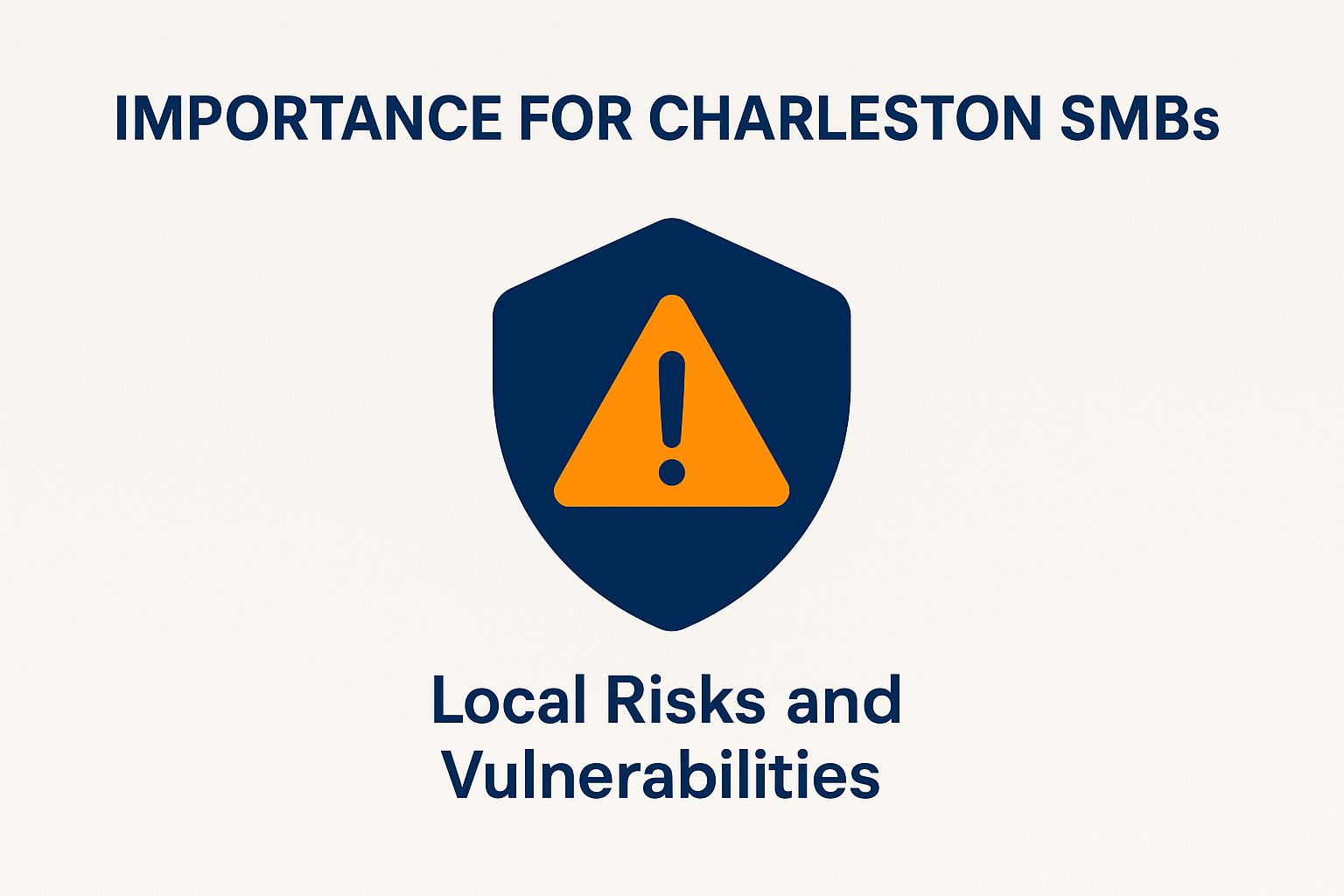
Local Risks and Vulnerabilities
Charleston’s small and medium-sized businesses (SMBs) are particularly susceptible to natural disasters such as hurricanes and flooding, which can disrupt operations and threaten their long-term sustainability.
Charleston SMBs must understand local risks. This understanding helps them create effective disaster recovery plans.
Local businesses should prioritize infrastructure redundancy. This includes IT systems, backup power, and flood barriers.
It is essential for businesses to develop comprehensive emergency preparedness plans that encompass clear communication strategies, stakeholder engagement, and staff training.
For example, the City of Charleston provides valuable resources through the Charleston Emergency Management Department, offering a guide that outlines actionable steps businesses can take both before and after a disaster.
By implementing these measures, businesses can significantly enhance their resilience and business continuity. Implementing these measures helps businesses recover quickly. This ensures continued operations during crises.
Key Components of a Disaster Recovery Plan
An effective disaster recovery plan consists of several essential components that facilitate a swift recovery and minimize data loss during disruptions. It’s also crucial to avoid potential pitfalls that can arise as your business grows, which can impact your IT strategies. If you’re interested in exploring this further, you might benefit from understanding how to prevent common IT mistakes in a growing business in our detailed guide.
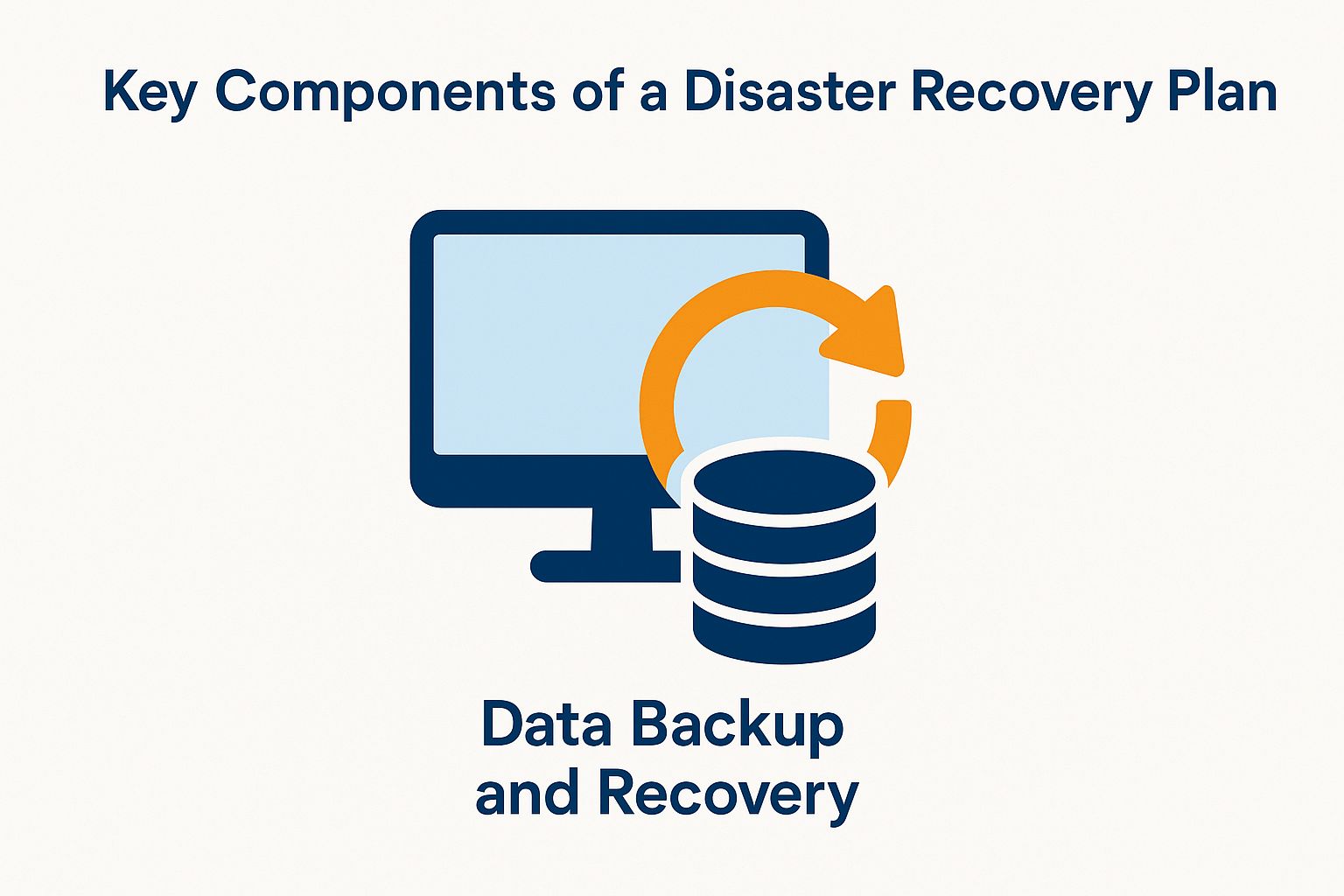
Data Backup and Recovery
Businesses must implement strong data backup and recovery strategies. Options include cloud storage and local storage. Implementing robust data backup and recovery strategies, including cloud storage and data encryption, is essential, with solutions that range from cloud backups to local storage, catering to immediate restoration needs.
For instance, Acronis provides comprehensive protection at a rate of $7 per month per device, offering both local and cloud options. Similarly, Backblaze, starting at $7 monthly, specializes in cloud backups with unlimited storage, making it particularly suitable for businesses managing substantial amounts of data.
Choose a backup solution based on RPO and RTO. For critical data, an RPO of less than one hour is important; for critical data, an RPO of less than one hour may be necessary to effectively mitigate potential losses.
Conducting a business impact analysis and vulnerability assessment can help determine acceptable data loss and ensure that the chosen strategy is tailored to the organization’s specific requirements.
Testing and Maintenance of the Plan
Regular testing and maintenance of disaster recovery plans are crucial. This ensures they remain effective and adapt to changing business needs. It is recommended that organizations execute tests bi-annually, employing a combination of tabletop exercises and full-scale simulations.
For example, a tabletop exercise may involve reviewing scenario responses with key stakeholders to ensure that all participants understand their roles and responsibilities. In contrast, a full-scale simulation can replicate an actual disaster scenario, allowing for the assessment of response times and team coordination.
Document results with tools like Confluence for feedback and Trello for tracking tasks. This comprehensive approach aids in refining recovery strategies and adequately preparing teams for potential real-world incidents.
Training Employees on Disaster Protocols
Organizations should plan quarterly training sessions. These should include various training methods. Start with hands-on workshops to engage employees actively. Training employees on disaster response protocols and crisis communication is essential for ensuring a swift and organized reaction during actual emergencies. To implement effective training and awareness, organizations should consider a quarterly schedule that incorporates various methods.
Use e-learning platforms like Udemy for ongoing learning.
Assess progress through participation rates. Evaluate performance during drills. Gather feedback after each session to refine the curriculum.
Resources and Support for SMBs
Charleston small and medium-sized businesses (SMBs) can access various resources and support networks. These are designed to enhance disaster recovery and crisis management.
Key resources include the Charleston Business Continuity Initiative. It offers workshops and tools to help businesses prepare for emergencies. Additionally, local technology solutions such as Microsoft Azure provide cloud recovery options, ensuring data protection and system redundancy in the event of a disaster.
Groups like SCORE offer valuable mentorship on disaster recovery and supply chain resilience. By utilizing these resources, businesses can develop comprehensive recovery plans, ultimately safeguarding their operations and strengthening their resilience against unforeseen challenges.
Frequently Asked Questions
What is disaster recovery planning? Why is it important for Charleston SMBs?
Disaster recovery planning creates a strategy to recover critical systems after a disaster. It minimizes downtime and preserves data. It is important for Charleston SMBs to have a disaster recovery plan in place to minimize downtime, preserve important data, and ensure business continuity in the event of a disaster.
What are some common disasters that could affect Charleston SMBs?
Common disasters include hurricanes, floods, power outages, cyber attacks, and equipment failures. These events can result in data loss, system downtime, and disruption to normal business operations.
What are the key components of a disaster recovery plan for Charleston SMBs?
Key components include risk assessment, data backup, emergency response procedures, and communication plans. Regular testing is also essential in ensuring a comprehensive and effective disaster recovery strategy.
How can a disaster recovery plan benefit Charleston SMBs during and after a disaster?
A disaster recovery plan minimizes downtime and protects data. It maintains customer trust and helps businesses recover efficiently after a disaster.
What steps should Charleston SMBs take to create a disaster recovery plan?
Charleston SMBs should first conduct a risk assessment. Identify critical systems and data. Establish emergency procedures and communication plans. Finally, regular testing and updates should be conducted to ensure the plan remains effective.
What should Charleston SMBs do if they do not have a disaster recovery plan in place?
If they lack a disaster recovery plan, Charleston SMBs should create one quickly. Consider professional help to ensure it meets requirements. In the meantime, they should take steps to minimize potential risks and vulnerabilities, such as regularly backing up data and ensuring critical systems are secure.

